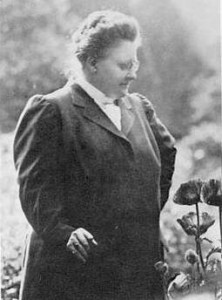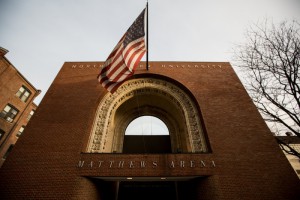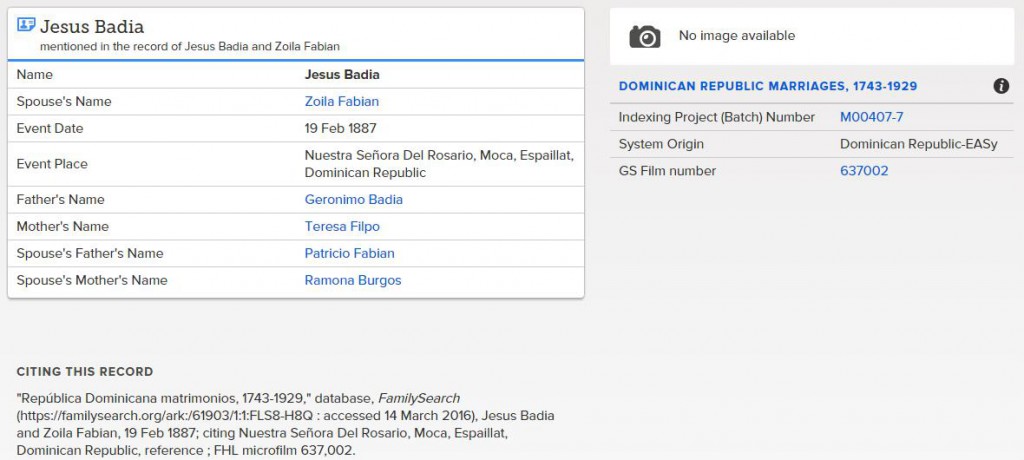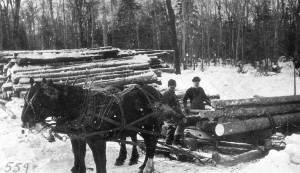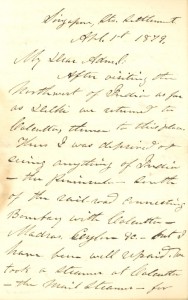
As anyone engaged in the study of family history knows, researching the women of the past can be a difficult process. Many commonly used sources draw out details in the lives of men but provide only minimal statistical information about the lives of women. Women are often erased from the narratives written by historians and their documents lost or destroyed. This state of affairs is changing, however, and improving, thanks in part to the entrance into the historical field of women eager to tell their own stories. This substantial increase in historical work by women began in part with the field of genealogy, which opened to women much more quickly than other areas of study. Continue reading Not just Rip Van Winkle
